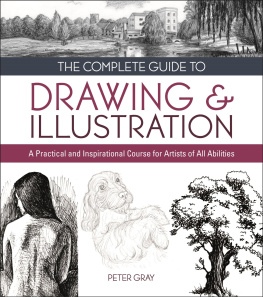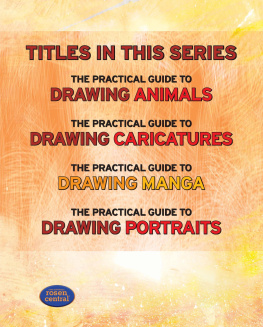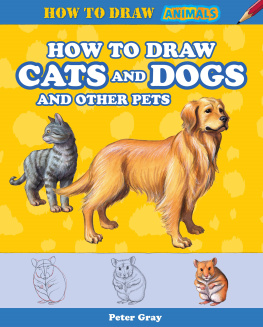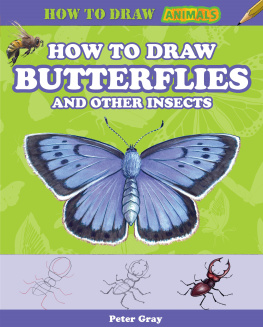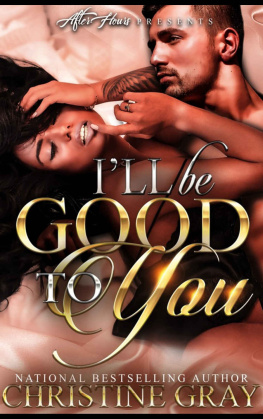
DRAW IT ALL!
Always wanted to know how to draw? This book is the perfect starting point, since its packed full of ideas, inspiration, and simple step-by-step guides. Youll discover all types of characters and varying levels of difficulty, with tips and tricks to help your drawings really stand out.
CHAPTERS INCLUDE

ANIMALS
Critters come in all shapes and sizes, and chapters focusing on pets, underwater creatures, and wild animals mean that you can learn to draw a huge variety of the animal kingdom.
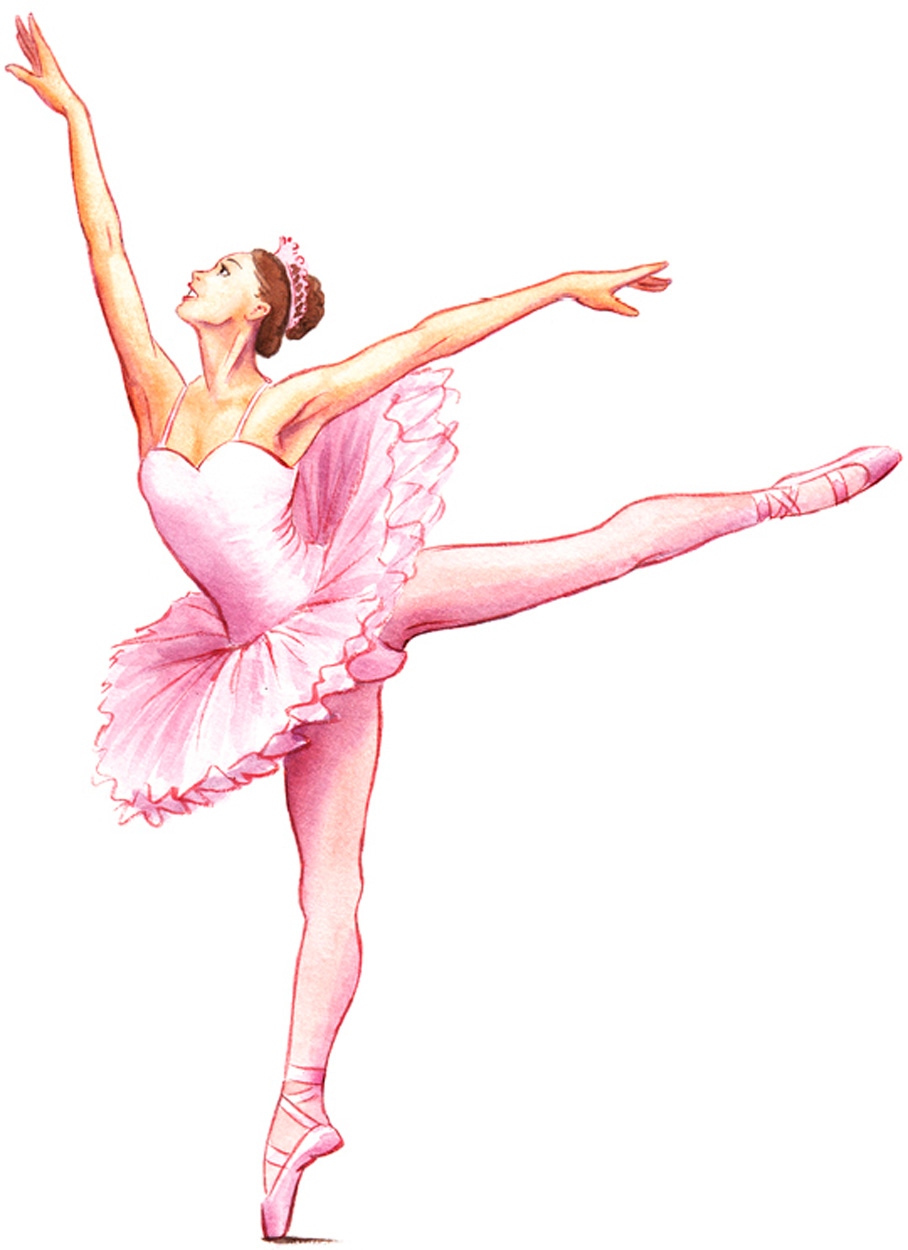
PEOPLE
Drawing people can be a challenge, but well show you how. Try portraits, full figures, action poses, and discover tips on hands and feet.
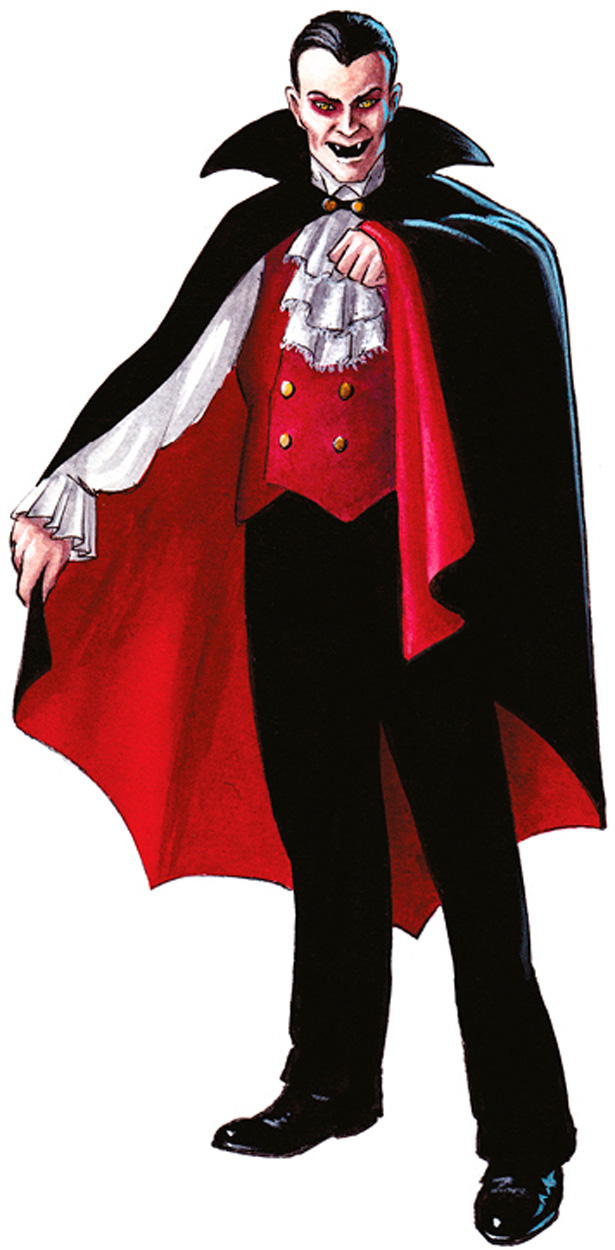
MONSTERS AND FANTASY
Drawing characters from your imagination is great fun. These fantasy creatures in step-by-step form will help you master all your favorites.
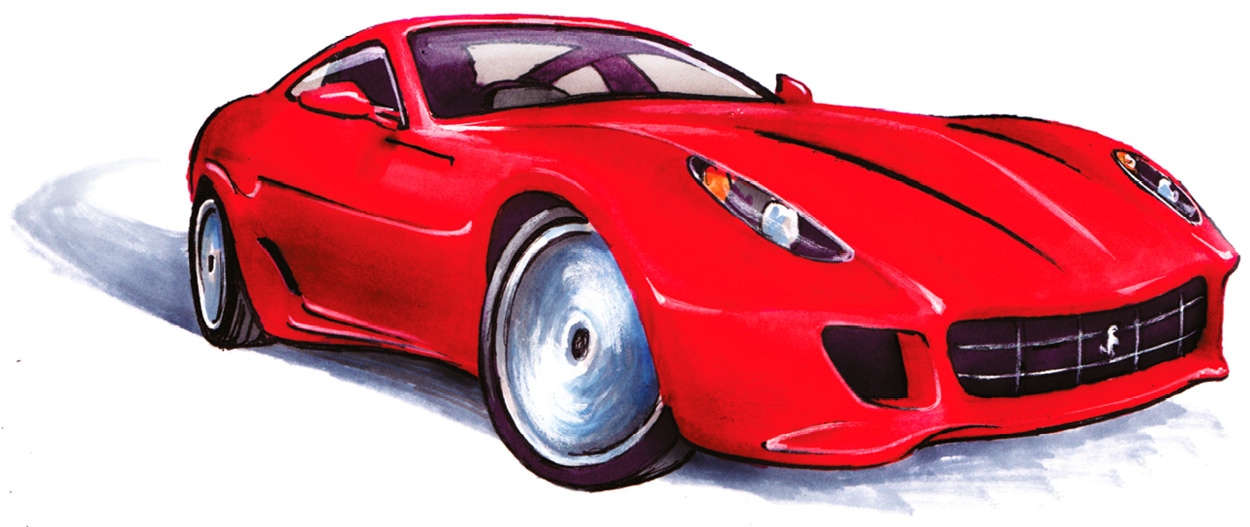
SPEED MACHINES
If technical drawing is your thing, then try the race cars, speedboats, and space rockets in this chapter.
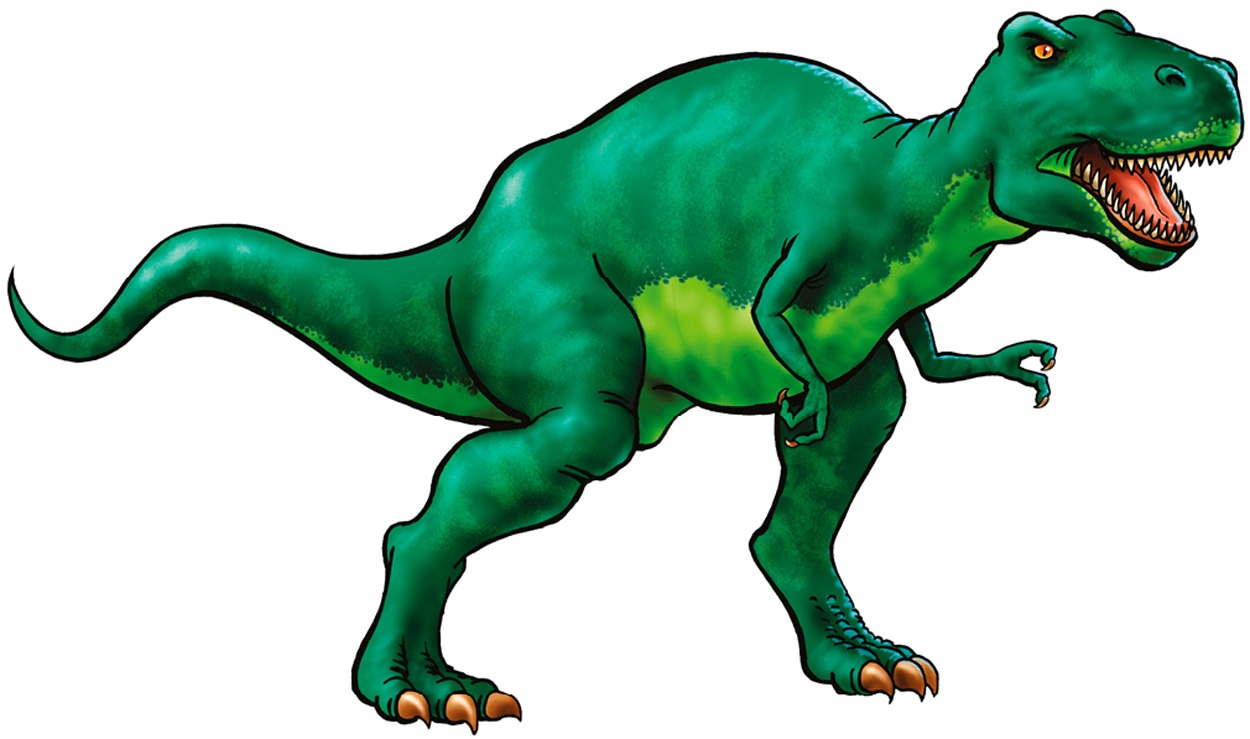
DINOSAURS
As well as trying terrifying T. rex, why not draw Triceratops, Velociraptor, and Iguanodon, and bring these reptiles back to life.
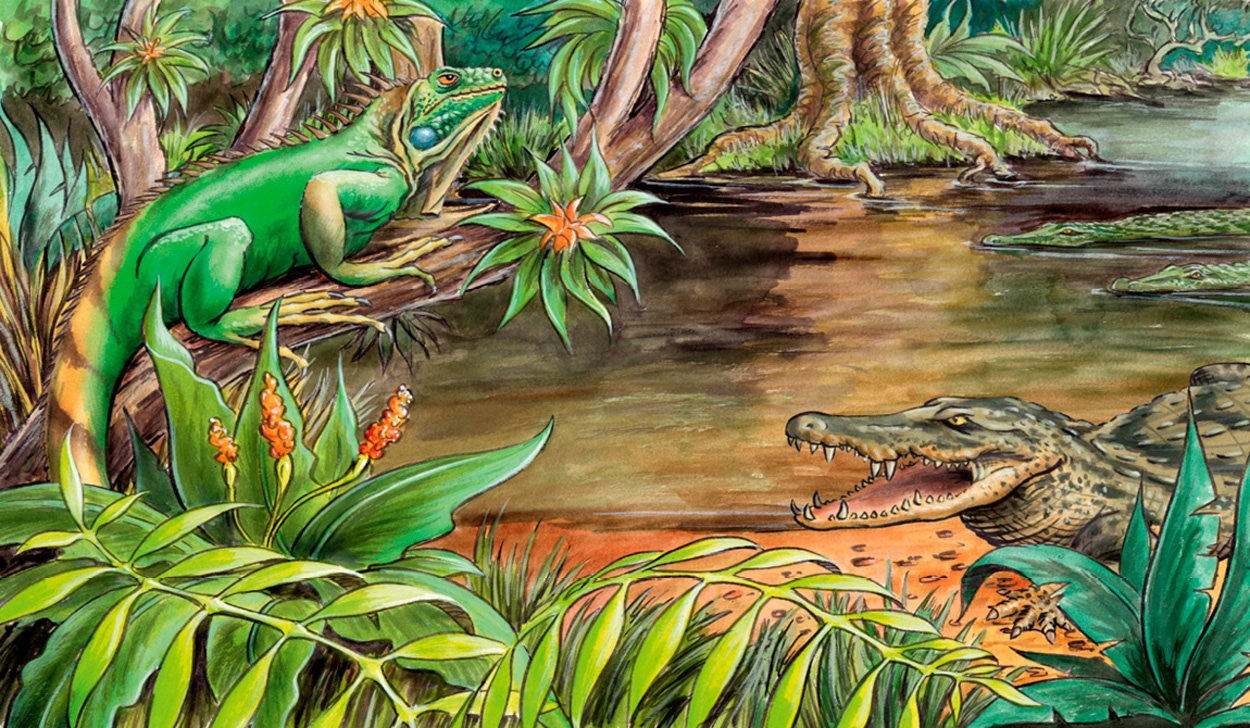
SCENES
Once youve drawn your characters, learn how to put them together in a scene. Try a jungle, back yard, or underwater masterpiece.
STYLES
REALISTIC STYLE
There are two styles of art in this book. The dinosaur below has been drawn and colored in a realistic style with pencils and watercolor paints. Paying attention to detail and looking for references to copy helps with realistic drawings.

CARTOON STYLE
This dinosaur is pretty different! It has been drawn and colored in a cartoon style. The features are exaggerated, and there is a thick black outline. Cartoon drawings allow you to experiment with shapes and colors as much as you want.

FOLLOW THE LINES
Build up your picture step-by-step by looking at the color of each stroke. Red strokes show you the lines you need to draw, and black strokes show what you have already drawn. All the lines will be red in the first step. After that, only the new lines will be in red.

YOU WILL NEED
Every artist needs essential drawing tools including pencils, pens, a ruler, paints, and paper. As you become more experienced, you can add materials, such as ink pens, gouache paints, or pastel crayons. They will help you to develop your own favorite style.

PENCILS
Pencils come with different weights of lead. Hard lead pencils (H to 9H) are useful for drawing precise, fine lines. Soft lead pencils (B to 9B) work well for shading and softer lines.

MARKERS
Before coloring, its a good idea to go over your pencil outline. A marker is perfect for this. You can use a thick or thin one, depending on the effect you want to create.

RULER
For technical drawings, a ruler really helps. It will allow you to make your lines straight and angles accurate.
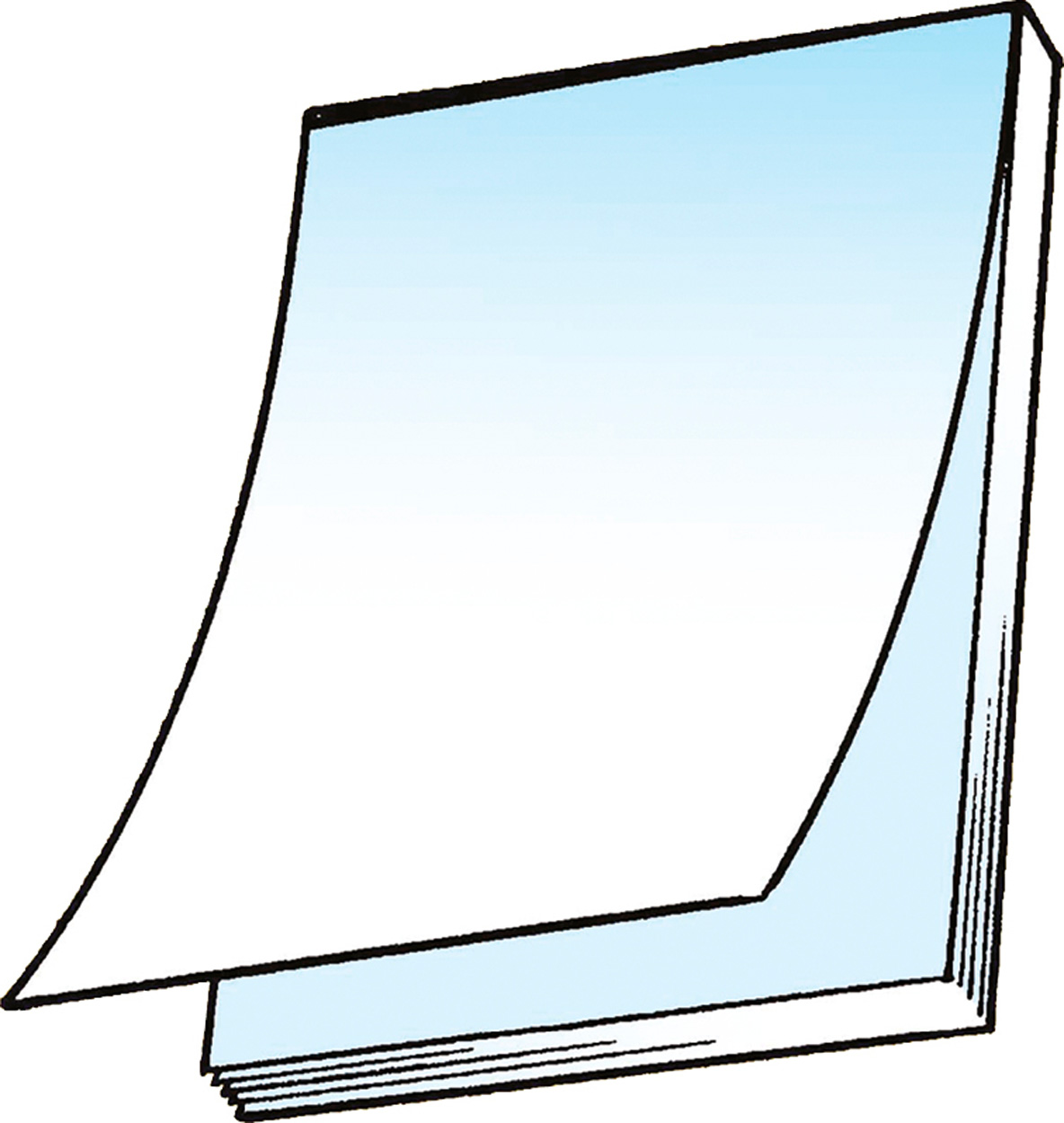
PAPER
You can use different types of paper for different jobs. When practicing shapes and lines, a rough sketch paper is practical. For final colored-up drawings, a smooth plain paper works well.
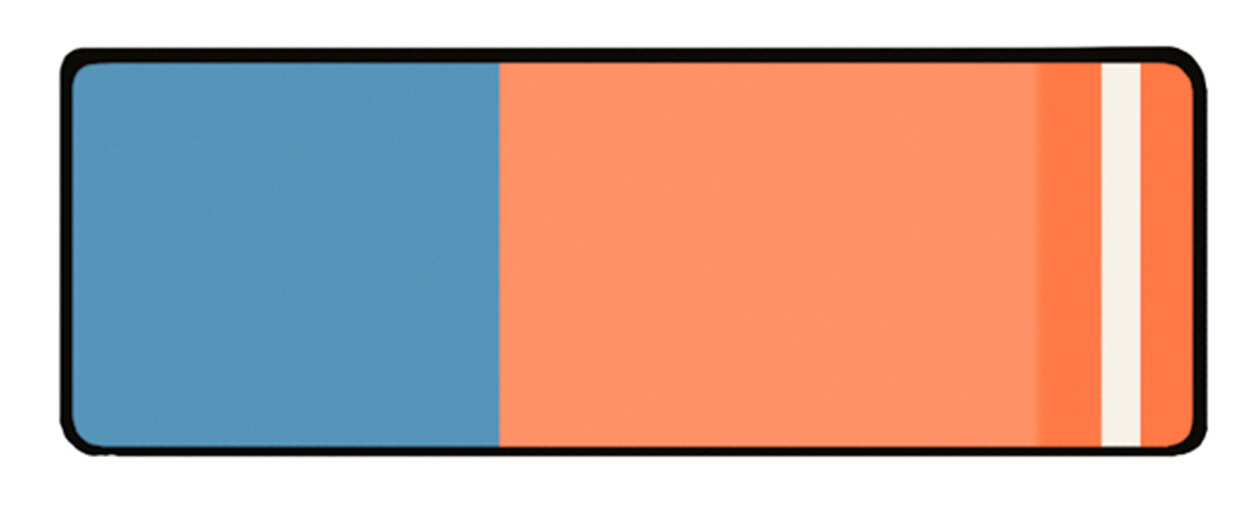
ERASER
From time to time, youll make mistakes or need to erase guidelines. Thats where an eraser comes in handy. Dont worry if you make mistakeseverybody does!

PAINTS
There are all different kinds of paints you can experiment with, but poster paints and watercolors are an excellent starting point. You could also try gouache, which will give you more solid tones.

FELT-TIP PENS
Felt-tips are perfect for coloring drawings that need bold, bright colors. They work especially well for cartoons.
ART IN ACTION
Take a look at the examples below to see how to get the best out of using different pens, brushes, and paints.
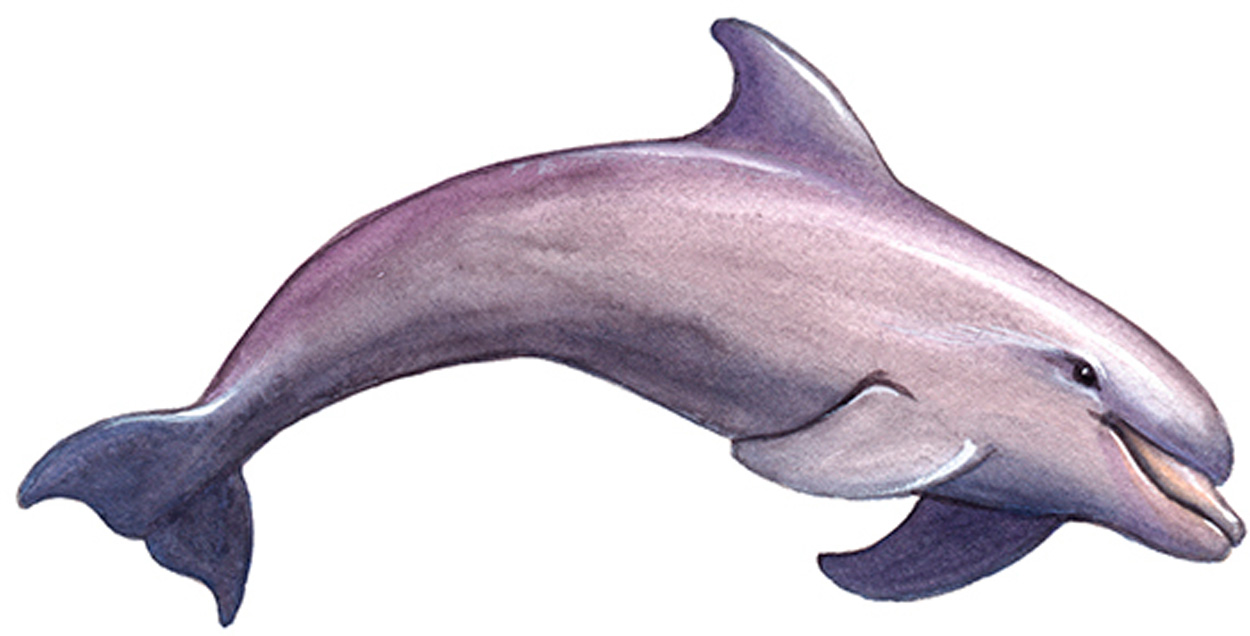
This friendly dolphin was colored in watercolor paints to give a smooth effect. Colors can be blended together to create different shades with watercolors.

Felt-tip pens were used to color this cartoon shark, making it look dramatic. The outline was done with a black marker, and the body was highlighted with white chalk.
SHAPES AND LINES
All the drawings in this book start with simple shapes and lines. They give you a basic structure to build on. Then you can work on developing the details.
Next page

